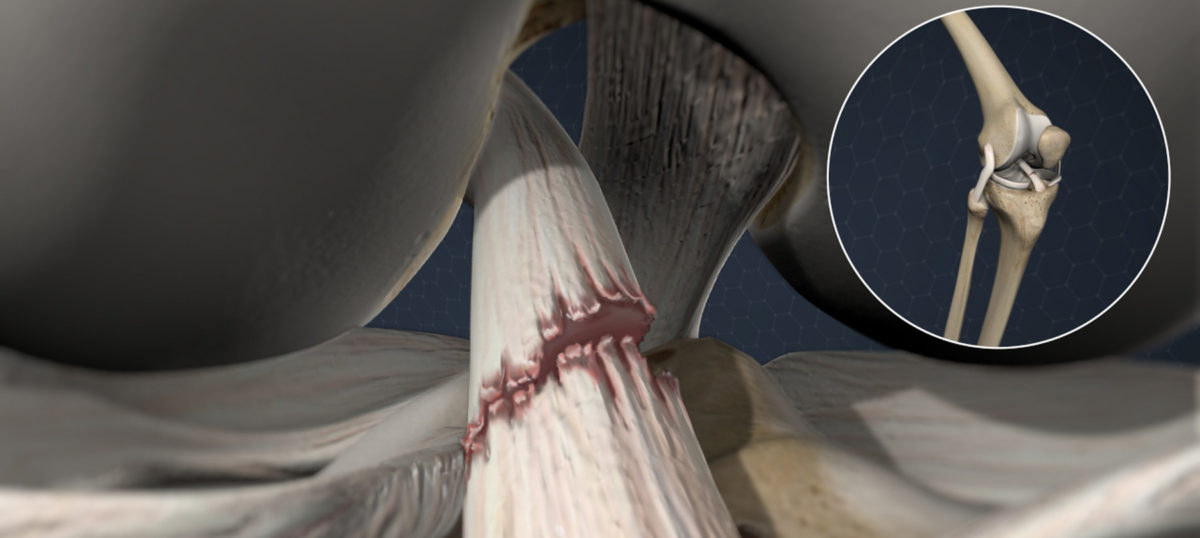What is a PCL Reconstruction – Recovery and Risk

All reconstructive procedures for the PCL require a graft. A common technique involves grafting the torn PCL with segments of the hamstring tendons. If the surgery involves the reconstruction of multiple ligaments at once, different graft materials may be used.
In general, most techniques utilise specially designed screws allowing secure immediate fixation of the graft material within bone tunnels drilled into the knee. The surgery is frequently carried out as a day surgery procedure.
What to expect after the PCL reconstruction?
Most patients experience only mild discomfort when they wake up after a PCL reconstruction. The knee will have a bulky absorbent pad applied, which may become damp with the irrigation fluid used during the procedure. It is normal for the fluid to have a faint red tinge, and small amounts may continue to drain for 24-36 hours. If more than one ligament has been reconstructed a knee brace may be used to help protect the repair. Most patients will go home the same day.
How Long will it take to recover?
Unless instructed otherwise, patients can bear as much weight on the leg as comfort allows immediately after the surgery. Crutches may be used for comfort where necessary, and are usually required for 2-3 days. Most people are walking reasonably comfortably by 2 weeks and can commence running in a straight line by 6 weeks. It is important not to over-exert too early after the procedure as this can increase discomfort and swelling. Other activities can be gradually reintroduced within ones level of comfort. Driving is allowed the next day. People with desk jobs can return to work as early as 1-2 days, while people in more heavy manual employment may require 6 weeks.
The rehabilitation program runs over a 6-12 month period prior to returning to competitive sports or unrestricted activity.
What are the risks?
PCL reconstruction is a very safe procedure. The most common side effect of PCL reconstruction is temporary discomfort or slight bruising. Due to the skin incision patients may notice a numb patch on the outer aspect of their leg past the skin incision. This is of no functional significance and is unavoidable. The numb patch tends to shrink with the passage of time and does not affect the result of the reconstructed ligament.
Graft failure due to poorly understood biologic reasons occurs in approximately 1% of grafts and a further 1% of grafts rupture during the rehabilitation programme.
As with all operations if at any stage anything seems amiss it is better to call up for advice rather than wait and worry
